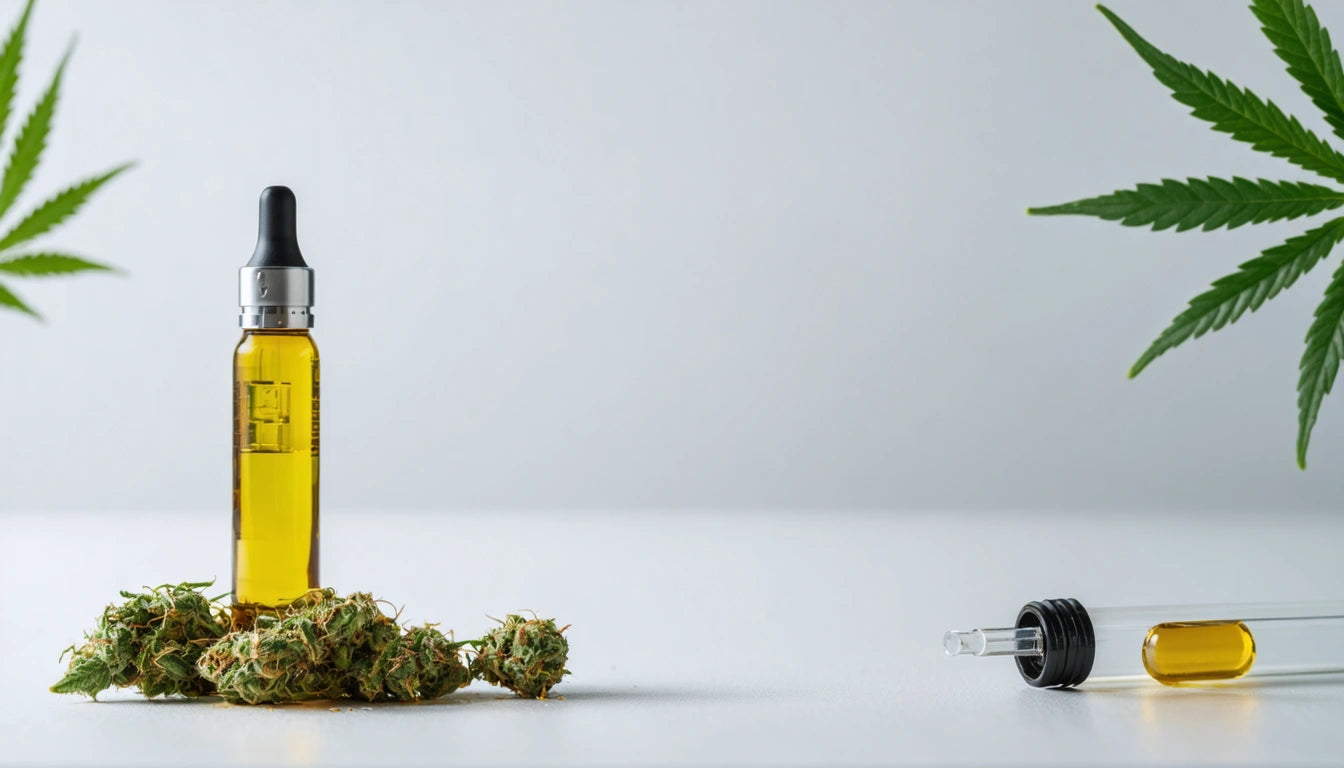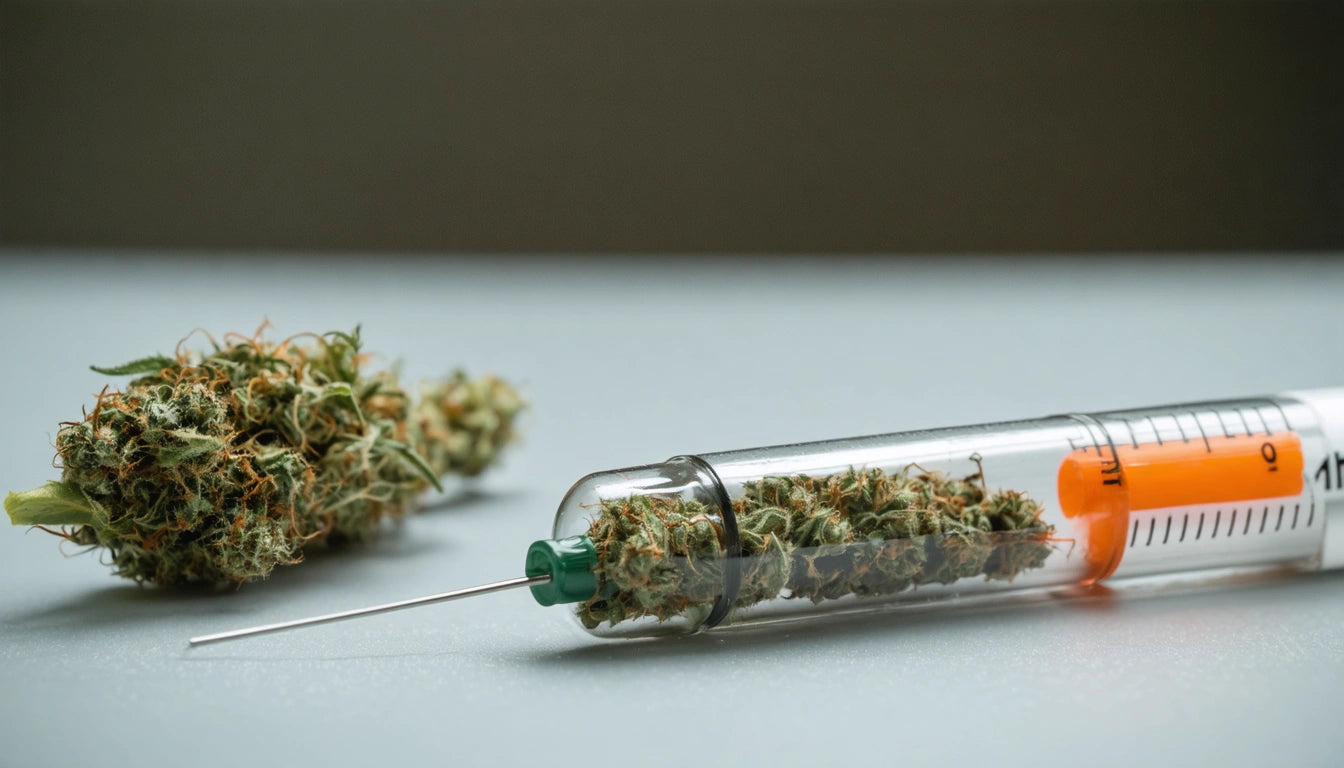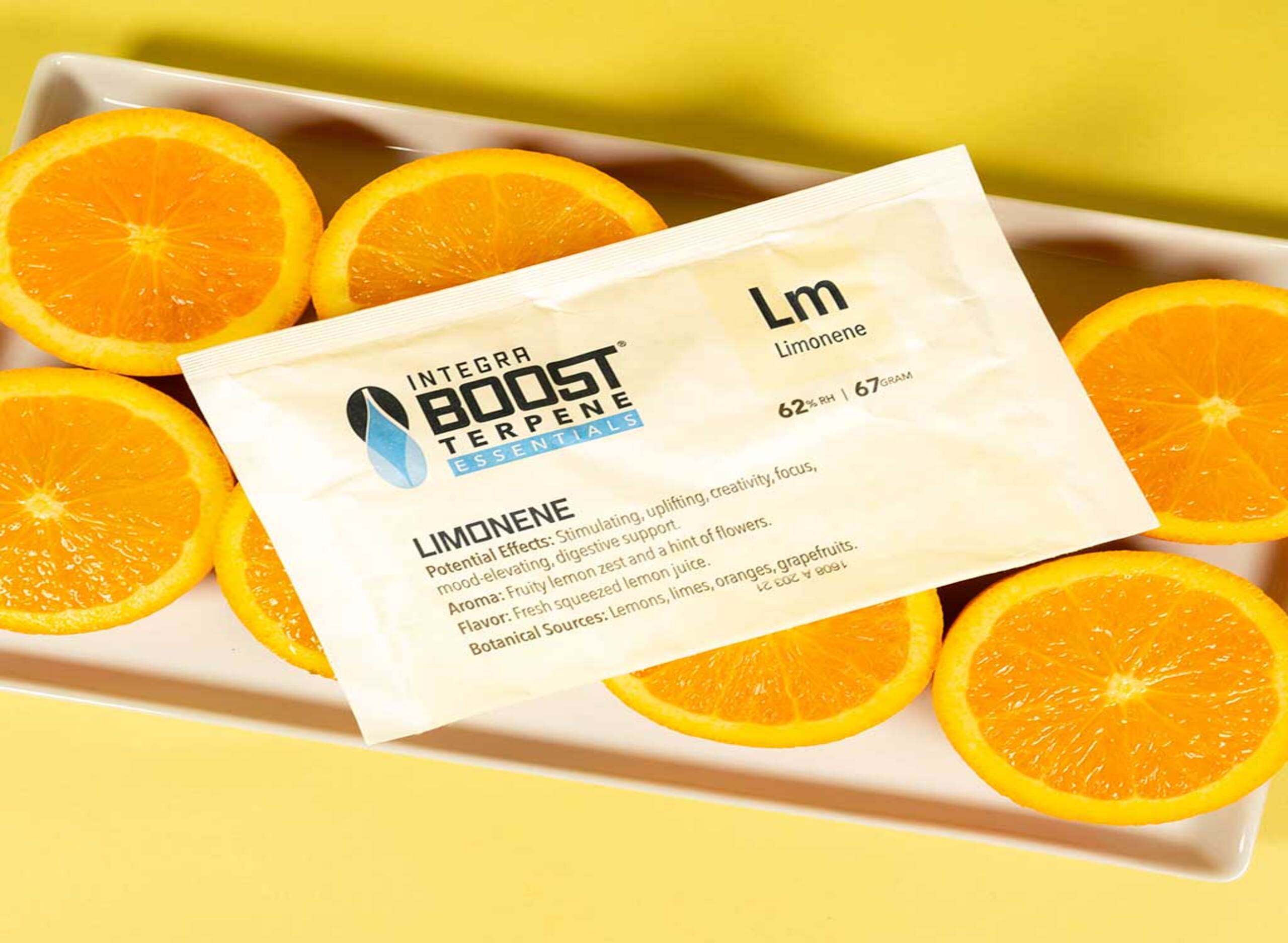Table of Contents
Cannabis vape cartridges have become one of the most popular consumption methods in legal markets, offering convenience, discretion, and consistent dosing. Understanding what's actually inside these small devices helps consumers make informed choices about the products they use and the potential effects and safety considerations.
Vape Cartridge Basics: Core Components
At its most fundamental level, a cannabis vape cartridge consists of two primary elements: the cannabis extract and the delivery hardware. The extract contains the active compounds from the cannabis plant, while the hardware vaporizes this material for inhalation. This seemingly simple system actually involves sophisticated engineering and extraction science to work properly.
Most cartridges are designed to attach to a battery or vape pen that provides the necessary heat to vaporize the cannabis oil without combustion. This process typically occurs at temperatures between 315-450 °F, which is lower than the combustion point of plant material in traditional smoking methods.
Cannabis Oil Types: From Distillate to Live Resin
Distillate
The most common type of oil found in vape cartridges is distillate, a highly refined cannabis extract that has been processed to isolate specific cannabinoids (primarily THC or CBD). Distillate typically appears as a clear or light amber liquid and can reach potency levels of 85-95% cannabinoids. As discussed in this comparison of extract types, distillate offers consistency but often lacks the full spectrum of plant compounds.
Live Resin
Live resin carts contain a less processed extract made from flash-frozen cannabis plants, preserving more of the plant's original terpene profile. This results in a more flavorful and aromatic experience that many users prefer for its fuller effects. Live resin typically appears more viscous and darker than distillate.
CO2 Oil
CO2 extraction uses pressurized carbon dioxide to pull cannabinoids and terpenes from the plant material. The resulting oil retains more of the plant's natural compounds than distillate but is cleaner than some other extraction methods. CO2 oil generally has a mid-range viscosity and amber coloration.
Hardware Components: Anatomy of a Vape Cart
The hardware portion of a vape cartridge consists of several key components:
- Tank/Reservoir: Usually made of glass or plastic, this chamber holds the cannabis oil
- Atomizer/Heating Element: Typically a ceramic or metal coil that heats the oil to vaporization temperature
- Wick: Cotton, ceramic, or metal material that draws oil from the reservoir to the heating element
- Mouthpiece: The part through which vapor is inhaled, often made of plastic or metal
- Base/Connector: Usually features a 510-thread that connects to standard batteries
Quality hardware makes a significant difference in the vaping experience. Poor-quality materials can leach harmful substances or affect flavor. Many premium cartridges now utilize child-resistant features similar to those found in other cannabis packaging to prevent accidental use by minors.
Additives and Cutting Agents: What Else Is Inside
Beyond the cannabis extract itself, some cartridges contain additional ingredients that serve various purposes:
Terpenes
Whether cannabis-derived or botanical, terpenes are often added to enhance flavor and effects. Cannabis-derived terpenes come from the same plant as the extract, while botanical terpenes are derived from other plants but mimic cannabis profiles.
Cutting Agents
Some manufacturers add thinning agents to improve flow and vaporization. Common agents include:
- Propylene Glycol (PG)
- Vegetable Glycerin (VG)
- Medium-Chain Triglycerides (MCT) oil
- Vitamin E Acetate (now widely avoided due to health concerns)
The health implications of these additives, especially when heated and inhaled, remain a subject of ongoing research. As noted in this article on daily vape usage safety, many consumers now prefer cartridges that contain only cannabis extract and cannabis-derived terpenes.
Identifying Quality and Safety: What to Look For
With the proliferation of both legitimate and counterfeit products, knowing how to identify quality cartridges is essential for consumer safety:
Testing and Transparency
Reputable manufacturers provide comprehensive testing results for their products, including:
- Cannabinoid potency
- Terpene profiles
- Residual solvents
- Heavy metals
- Pesticides
- Microbiological contaminants
Consumers should look for QR codes or batch numbers that link to lab results. Learning to spot counterfeit cartridges is also crucial for safety.
Hardware Quality Indicators
Quality hardware typically features:
- Glass or high-grade plastic tanks (not low-grade plastic)
- Ceramic or quartz heating elements (rather than exposed metal coils)
- Secure, leak-proof design
- Smooth airflow
Many users find that cartridge refillability is also an indicator of quality construction, though not all premium cartridges are designed to be refilled.
Future of Vape Technology: Innovations and Improvements
The cannabis vape industry continues to evolve with several emerging trends:
- Solventless extracts like rosin becoming more common in premium cartridges
- Temperature control technology for customized experiences
- Ceramic cell technology replacing traditional wicks and coils
- Biodegradable and recyclable components addressing environmental concerns
- Enhanced safety features including tamper-evident packaging and authentication technology
As technology advances and research expands, consumers can expect greater transparency about what's in their vape cartridges and more options tailored to specific preferences and needs. The focus on both safety and experience quality continues to drive innovation in this rapidly growing segment of the cannabis market.











Leave a comment
All comments are moderated before being published.
This site is protected by hCaptcha and the hCaptcha Privacy Policy and Terms of Service apply.